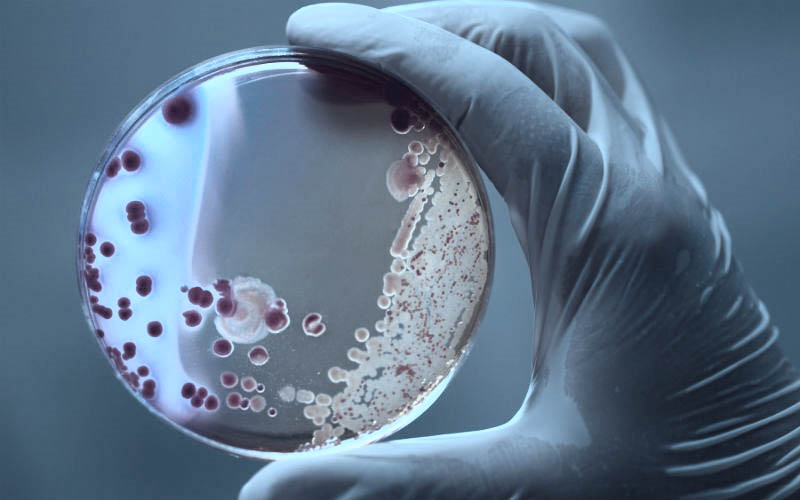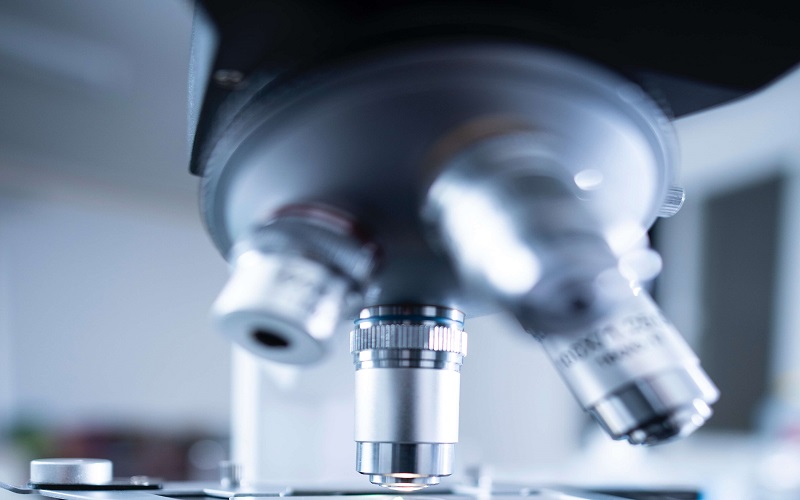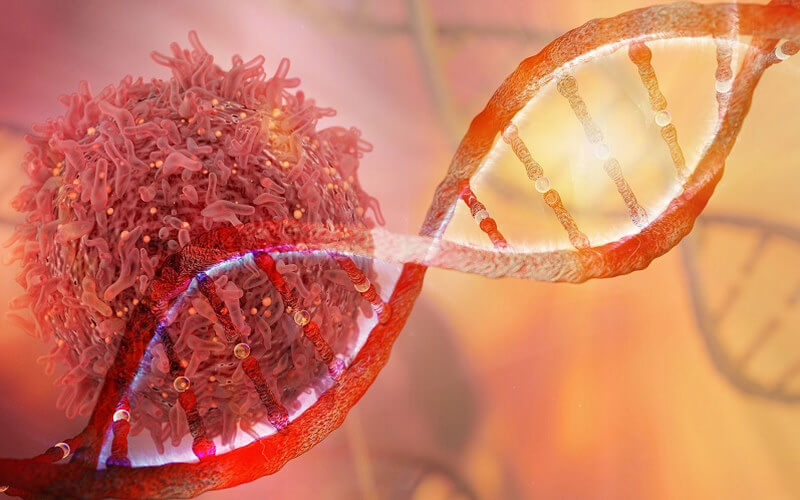Urological Biology

UCL scientists discover why some people keep getting UTIs (Metro)
Certain strains of bacteria are able to 'hide' in the wall of the bladder, says Prof. Jennifer Rohn, which explains why some people suffer from recurring urinary tract infections (UTIs).
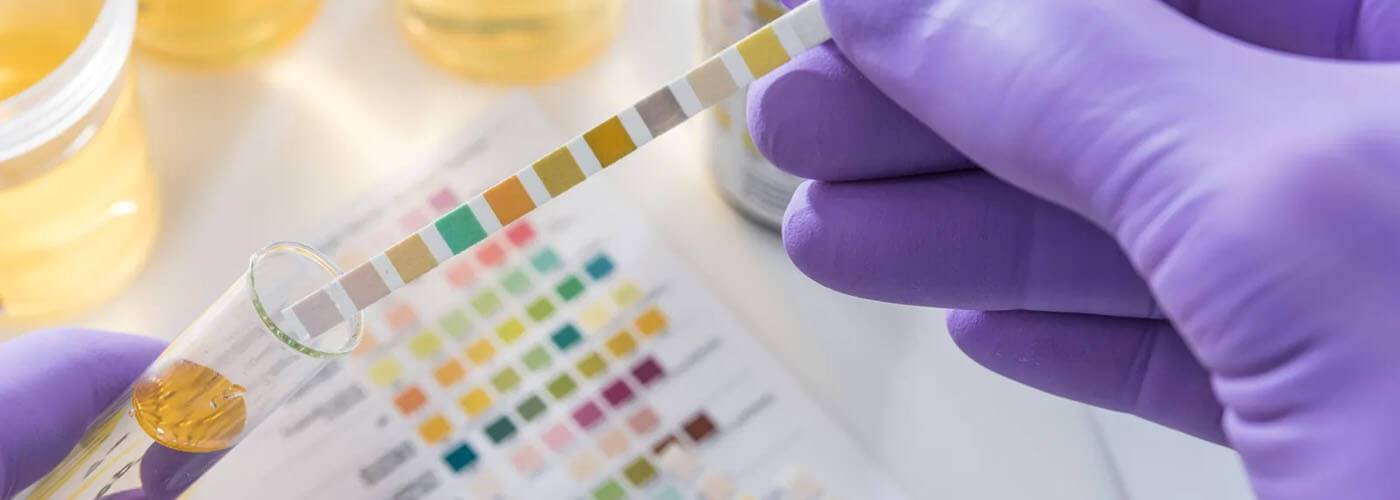
Why aren't there better treatments for cystitis? (BBC)
UCL Cell Biologist Jennifer Rohn comments on why our current diagnostic tests for this common infection are still in the dark ages, and why this is so harmful for patients.
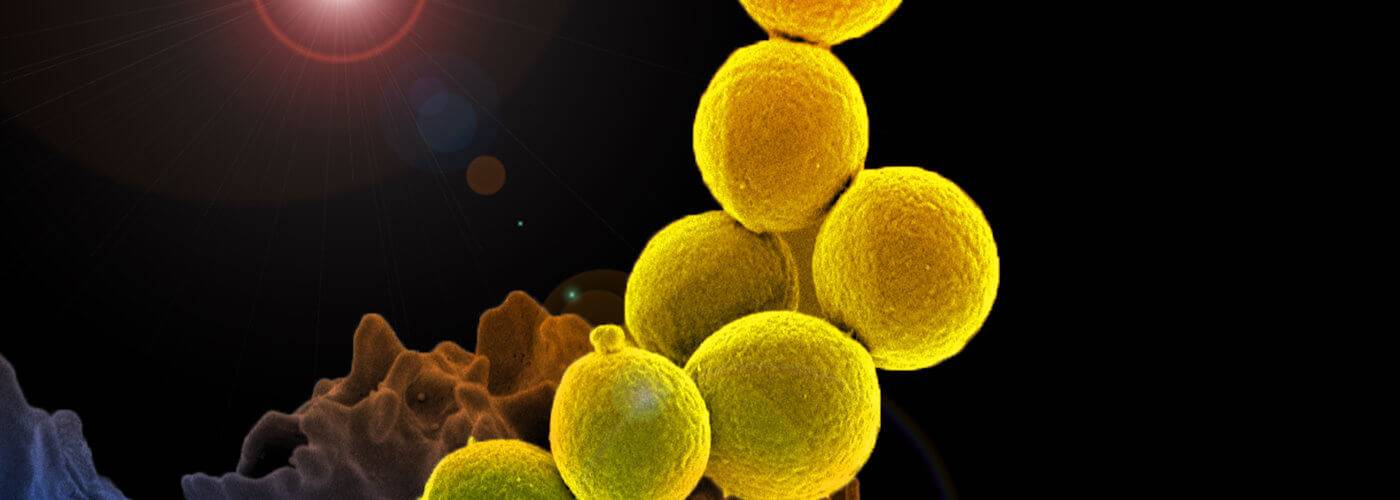
Alternative treatments to combat drug-resistant bacteria spark new study
Antimicrobial Resistance (AMR), where bacteria and fungi develop the ability to defeat the drugs designed to kill them, is at the heart of a new collaboration involving UCL researchers.
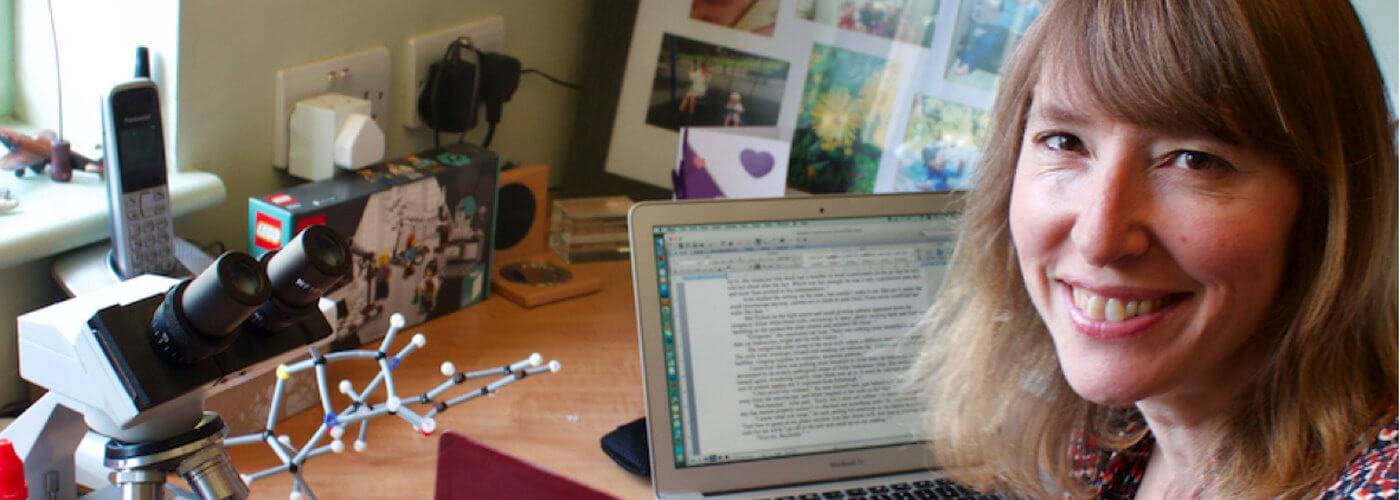
Meet the Expert: Jennifer Rohn
Ten questions with Dr Jennifer Rohn, Principal Research Fellow and research group leader in the Division of Medicine and the Head of the Centre of Urological Biology at UCL.
Our work
Bladder diseases have been historically understudied. We look at two key areas: recurrent / treatment-resistant urinary tract infection (UTI) and urothelial cancers. Both have suffered from a lack of human cell-based models to provide insights that experimental animals cannot.
In addition to studying the basic biology, we build innovative new microtissue models and develop novel therapies, in broad interdisciplinary collaborations across cell biology, microbiology, computational genetics, medicine, biomedical engineering, materials science and mathematics, spanning academia, industry and the clinic.
Research themes include:
- Tissue engineering and on-chip microfluidic platforms
- Molecular human cell biology
- Host / pathogen interactions of recurrent UTI in various populations, including older individuals and immunosuppressed renal transplant patients
- Antimicrobial resistance
- Pathogen genomic variation in vivo, including within the urinary microbiota
- Biofilms
- Novel drug delivery systems
- Epithelial innate immunity, urothelial biology and urothelial cancers.
Prof. Jennifer Rohn, Claudio Del Fatti and Damien Richard talk about their research, while chronic UTI patient Helen explains why it’s such a terrible disease.
Our experts
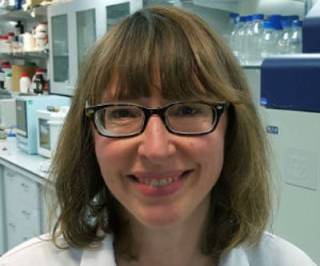
Prof. Jennifer Rohn (Head)
Professorial Research Fellow

Dr Mark Harber (Deputy Head)
Honorary Associate Professor

Dr Gillian Smith
RFL Group Chief Medical Officer
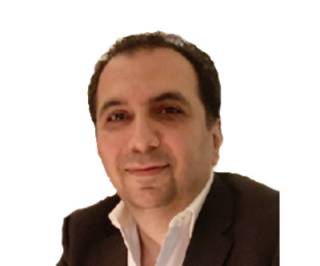
Prof. Reza Motallebzadeh
Professor of Renal Transplantation
Group members
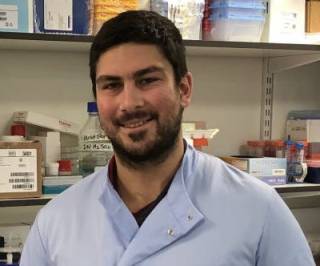
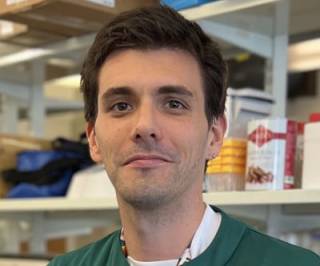
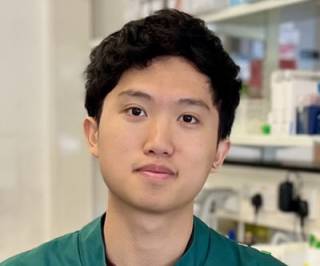
Nicholas Yuen

Victoria Chu
Selected Publications
- Flores C, Ling J, Loh A, Garcia Maset R, Aw A, White IJ, Fernando R, Rohn JL (2023). A human urothelial microtissue model reveals shared colonization and survival strategies between uropathogens and asymptomatic bacteria. BioRxiv.
- Stride E, Choi V, Carugo D, Rohn JL, Stoodley P (2023). Drug delivery strategies for antibiofilm therapy. Nature Reviews Microbiology.
- Jafari NV, Rohn JL (2023). An immunoresponsive three-dimensional urine-tolerant human urothelial (3D-UHU) model to study urinary tract infection. Frontiers in Infection Cell Microbiology, 13, 269.
- Lasri Doukkali A, Lorenzi T, Parcell BJ, Rohn JL, Bowness R (2023). A hybrid individual-based mathematical model to study bladder infections. Frontiers in Applied Mathematics and Statistics, 9.
- Morris CJ, Rohn JL, Glickman S, Mansfield KJ (2023). Effective Treatments of UTI - Is Intravesical Therapy the Future? Pathogens, 12 (3).
- Sathiananthamoorthy S, Florman K, Richard D, Cheng KK, Torri V, McCaig F, Harber M & Rohn JL (2022). Application of various techniques to gain insights into the complex urinary tract microbial communities of renal transplant recipients. Transplant Direct. 2023 Jan 6;9(2):e1418.
- Aydogdu MO, Rohn JL, Jafari, NV, et al (2022). Severe Acute Respiratory Syndrome Type 2-Causing Coronavirus: Variants and Preventive Strategies. Advanced Science.
- Jafari NV, Rohn JL (2022). The urothelium: a multi-faceted barrier against a harsh environment. Mucosal Immunology, 15, 1127-1142.
- Tandogdu Z, Collins J, Shaw G, Rohn JL, et al (2021). Management of patients who opt for radical prostatectomy during the COVID-19 pandemic: An International Accelerated Consensus Statement. BJU Int. 2021 Jun;127(6):729-741.
- Murray BO, Flores C, Williams C, Flusberg DA, Marr EE, Kwiatkowska KM ... Rohn JL (2021). Recurrent Urinary Tract Infection: A Mystery in Search of Better Model Systems. Front Cell Infect Microbiol. 2021 May 26;11:691210.
- Kasivisvanathan V, Lindsay J, Rakshani-Moghadam S, Elhamshary A ... Rohn, JL, et al (2020). A cohort study of 30 day mortality after NON-EMERGENCY surgery in a COVID-19 cold site. International Journal of Surgery, 84 57-65.
- Collins L, Sathiananthamoorthy S, Rohn JL, Malone-Lee, J (2020). A revalidation and critique of assumptions about urinary sample collection methods, specimen quality and contamination. Int Urogynecol J, Jun;31(6):1255-1262.
- Lau W, Rohn JL, Dharmasena D, Horsley H, Jafari N ... Rohn JL (2020). Novel antibiotic-loaded particles conferring eradication of deep tissue bacterial reservoirs for the treatment of chronic urinary tract infection. Journal of Controlled Release, Dec 10;328:490-502.
- King JS, Humphreys D, Rohn JL, et al (2020). The great host-pathogen war: UK cellular microbiology meeting 2020. Cellular Microbiology, e13248.
- Hubbard ATM, Jafari NV, Feasey N, Rohn JL, Roberts AP (2019). Effect of Environment on the Evolutionary Trajectories and Growth Characteristics of Antibiotic-Resistant Escherichia coli Mutants. Frontiers in Microbiology, 10.
- Katsakouli C, Jiang X, Lau WK, Rohn JL, Edirisinghe M (2019). Generating Antibacterial Microporous Structures Using Microfluidic Processing. ACS Omega, 4 (1), 2225-2233.
- Rohn JL, Mostowy S, King JS, et al. (2019). The UK Cellular Microbiology Network: Exploring the host-bacterial interface. Cell Microbiol, e13081.
- Horsley H, Owen J, Carugo D, Malone-Lee J, Stride E, Rohn JL (2019). Ultrasound-activated microbubbles as a novel intracellular drug delivery system for urinary tract infection. Journal of Controlled Release, 301, 166-175.
- Sathiananthamoorthy S, Malone-Lee J, Gill K, Tymon A ... Rohn JL (2019). Reassessment of routine midstream culture in diagnosis of urinary tract infection. J Clin Microbiol, 57(3):e01452-18.
- Horsley H, Dharmasena D, Malone-Lee J, Rohn JL (2018). A urine-dependent human urothelial organoid offers a potential alternative to rodent models of infection. 1238 Scientific Reports.
Funding and Partnerships
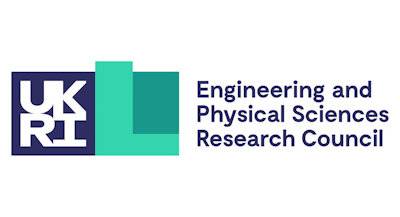



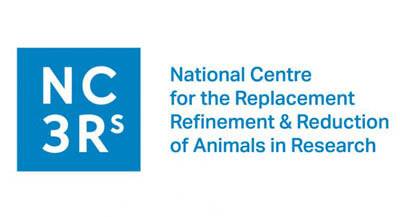

Collaborators
- Prof Eleanor Stride, Institute of Biomedical Engineering, University of Oxford
- Dr Dario Carugo, Institute of Biomedical Engineering, University of Oxford
- Dame Fiona Powrie, Kennedy Institute of Rheumatology, University of Oxford
- Prof Jamie Davies, Centre for Discovery Brain Sciences, University of Edinburgh
- Prof Meriem El Karoui, Centre for Synthetic and Systems Biology, University of Edinburgh
- Prof Mohan Edirisinghe, Department of Mechanical Engineering, UCL
- Prof Francois Balloux, Genetics Institute, UCL
- Dr Lucy Van Dorp, Genetics Institute, UCL Prof Rik Bryan, University of Birmingham
- Prof Mark Linch, UCL Cancer Institute, and Consultant Medical Oncologist, UCLH
- Dr Ruth Bowness, Department of Mathematical Sciences, Univeristy of Bath
- Mr John Hines, Consultant Urological Surgeon, UCLH
- Dr Brett Eisenberg, The Charles Stark Draper Laboratory, Boston USA
- Dr Adam Roberts, Liverpool School for Tropical Medicine.
Related programmes
Our members contribute to the MBBS, iBSc, BSc and master's degrees within the Division of Medicine. We provide BSc, iBSc and MSc/MRes research project supervision. We also have an established track record in providing high-quality training to PhD students interested in basic, translational, and clinical research in urological biology.
Contact
Professor Jennifer Rohn
j.rohn@ucl.ac.uk
Twitter / X: @jennyrohn
Professor Reza Motallebzadeh
r.motallebzadeh@ucl.ac.uk
Twitter / X: @rezamotallebov
 Close
Close


